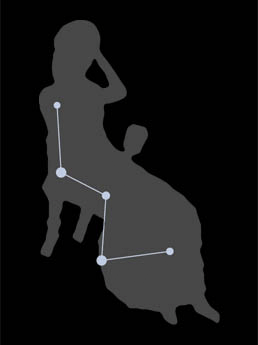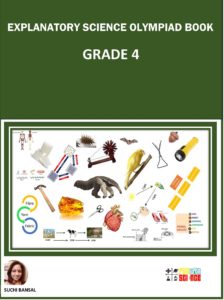CONSTELLATIONS
Home » CONSTELLATIONS

Subscribe to our Newsletter
CONSTELLATIONS
We can see the stars in different groups at times. Many people imagine that different groups of stars together make different shapes in the sky. These imaginary shapes are called constellations.
They are named after ancient people or animals. Constellations look like different animals and people.
Constellations were devised by ancient people so that they can recognize the stars in the sky. The shapes of constellations resemble objects familiar to the people.
A constellation does not have one star. It has a large number of stars. However, we can see only the bright stars in a constellation with our naked eye.
FEW MAIN CONSTELLATION IN THE SKY
URSA MAJOR:
One of the most famous constellations which you can see during summer time in the early part of the night is Ursa Major.
It is also known as the Big Dipper, the Great Bear or the Saptarshi.
There are seven prominent stars in this constellation.
ORION
· You can see ORION during winter in the late evenings.
· It is one of the most magnificent constellations in the sky.
· Orion is also called the Hunter.
· The three middle stars represent the belt of the hunter.
· The four bright stars appear to be arranged in the form of a quadrilateral.
· The star Sirius, which is the brightest star in the sky, is located close to Orion.
CASSIOPEIA:
· another prominent constellation in the northern sky.
· It is visible during winter in the early part of the night.
· This beautiful constellation is most noted for its asterism of five stars which form a giant “M” or “W”
· It rotates around the north star Polaris.
BOOKS
We have our e-books published on Amazon for Grade 3 and Grade 4. The books serve as an important guide for Science Olympiads organized by SOF, Silverzone, Unified Council and others. Books are designed to help students understand key science concepts.
The key highlights of the book are:
· Well explained topics
· Use of diagrams and images for
students to visualize
· Test exercise after each chapter for self-assessment and evaluation
· Interesting facts sections spread across the book
Here are the links:





